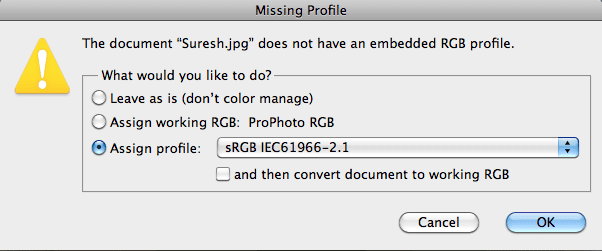Which is the best camera and lens choice for photography beginners? I like to photograph Nature, Landscape, People, Wildlife, Monuments, etc. I do not have a very high budget and can spend up to INR Rs 50,000.
Sudhir’s Answer: This is one of the most common questions I receive through e-mails, Facebook / Instagram messages etc.
You may want to checkout this article to understand about camera and lens buying guide:
https://www.sudhirshivaramphotography.com/beginners-guide-camera-lens-buying/
Let us consider the various genres of photography and let me help you choose a beginner camera which can cater to most of the below mentioned genres:
Here are some of the common genres of photography:
1. Wildlife
2. Birds
3. Landscape
4. Street
5. Portrait
6. Travel
7. Food / Product
8. Sports
9. Candid
10. Macro / close-up
11. Night
12. General (Beginners)
The important point to remember is – It is the lens which is mainly responsible for the image quality followed by the camera body. Of course, your understanding of the core concepts of photography is equally important, but that’s for another day.
Depending on your budget, invest 80% of your budget on lens and remaining 20% on camera body. Typically, lens is for life and you can keep upgrading or changing the body as technology of the camera improves.
Let us look at various camera and lens options available for your total budget of Rs 30,000 to Rs 50,000 INR.
Note: We recommend that you check with your local dealer or other websites of your choice to know the price of the equipment. The recommended equipment below are in the range of INR Rs 50,000
CANON CAMERA AND LENS
1. Canon EOS 1300D 18MP Digital SLR Camera (Black) with 18-55 and 55-250mm IS II Lens
[Click here to buy the above camera / lens from Amazon]
This is the entry level Canon DSLR and is best suited for your low budget. This has 18MP APS-C CMOS sensor and DIGIC 4+ with 9-point AF with 1 center cross-type AF point. Standard ISO: 100 to 6400, expandable to 12800. This is quite capable of giving you good results depending on the lens you use and your skills. The features provided by this camera are good enough for the various genres I have listed above.
Let us look at the various key features and see how it fares for your photography:
i. Camera Resolution
Approx. 18.0 megapixels – This is decent enough for all the genres of photography. Do not expect to do a lot of crop with this resolution.
ii. Frames per second
Max. approx. 3.0 shots/sec – Do not expect to shoot any kind of action with this camera. Since the internal buffer is also limited, you will not be able to get 3 fps all the time.
iii. Focusing Points
9-point (Cross-type AF sensitive to f/5.6 with center AF point) – Though you have 9 AF points only the centre one has cross type AF point which means all the other 8 are non cross types and hence your auto focusing is going to be quite slow especially in low light conditions.
iv. ISO Performance
Standard ISO 100 – 6400 (expandable to 12800) – You cannot expect good quality images at high ISO from this entry level camera. You need to experiment and arrive at the “shootable” ISO for your camera and remember that in low light photography.
2. Canon EOS 700D 18MP Digital SLR Camera (Black) with 18-55mm IS II and 55-250mm IS II Lens
[Click here to buy the above camera / lens from Amazon]
The Canon 700D is just above the Canon 1300D and is preferred over the 1300D based on your budget. The EOS 700D offers a full and solid basic performance that is clearly one of the best in any entry level DSLR with its high image quality, various functions of Live View AF and movie shooting. The Vari-angle Clear View LCD II with capacitive touch screen capabilities as well as the new 360 degrees rotatable Mode Dial design and Creative Filters will definitely also expand inspiration and creative expression.
The 18-55 and the 55-250 lens which comes with this camera are good enough for all the genres of photography listed above.
Let us looks at the key features of this camera compared to the above Canon 1300D.
i. Camera Resolution
Approx. 18.00 megapixels – This is the same as the Canon 1300D and sufficient for any beginner. Image cropping is not recommended. Of course a bit of cropping in terms of 15-20% crop and retaining 80% of frame is reasonable.
ii. Frames per second
Max. approx. 5.0 shots/second – Much better than the Canon 1300D. If you want to try action photography, this is definitely a notch better than the Canon 1300D. 5 fps is still a limitation for good action photography.
iii. Focusing Points
Nine cross-type AF points (Cross-type AF sensitive to f/2.8 with center AF point) – This is a big plus point over the Canon 1300D. Canon 700D has 9 AF points and all of them are the cross type sensors, meaning your auto focusing is going to be much faster and better than the 1300D, especially for low light situation.
iv. ISO Performance
ISO 100 – ISO 12800 and ISO expansion to “H” (equivalent to ISO 25600) – The ISO range and the performance is much better than the Canon 1300D and helps in case of low light photography.
Additional features of Canon 700D:
Hybrid CMOS AF
The EOS 700D offers ‘Hybrid CMOS AF’, an advanced live-view autofocus technology that enhances the focusing speed while using the LCD (live view), for both still shooting and videos. Through the LCD monitor with that features a capacitive touchscreen (similar to smartphones), you can simply touch to set autofocus on a subject and release the shutter once focus is achieved. For Continuous AF, the subject is constantly tracked and focused in-frame until the shutter button is released.
7.62cm, articulated LCD with touch function
The EOS 700D features a 7.62cm capacitive touchscreen giving you a whole new dimension of usability and control. Touch control is seamlessly integrated into the camera menu system and offers unprecedented flexibility over camera controls such as viewing images, selecting AF points, touch capture, swiping through albums and pinching to zoom in.
Using the vari-angle capabilities simply twist and tilt the monitor for any shooting situation, while the display remains crisp and clear so that the composition can be checked. Shooting remains easy to manipulate even when on a tripod, when shooting vertically or when using a battery grip.
3. Canon EOS 750D 24.2MP Digital SLR Camera + 18-55 IS STM Lens
[Click here to buy the Canon 750D + 18-55 kit lens. Do get the 55-250mm lens separately]
The EOS 750D features a 24.2-megapixel CMOS sensor, and is specifically designed for casual photographers who prize excellent image quality, a simple and user-friendly interface. It offers creative freedom through its new features – 19-point all cross-type AF and creative filters and the new Hybrid CMOS AF III.
The EOS 750D features a stunning combination of the 24.2-megapixel resolution—the highest level ever in the history of EOS entry-level models—and the DIGIC 6 image processor which creates high image quality images that go beyond EOS entry-level model cameras.
If you have that extra budget, then this is highly recommended over the Canon 700D. Though it’s your skills which really matters in making good images, Camera technology does aid in making good images where the missed opportunities are reduced due to the camera technology and capabilities.
Let us look at the key features in this camera.
i. Camera Resolution
Approx. 24.2 megapixels – Better than the Canon 700D and gives you better flexibility when it comes to cropping.
ii. Frames per second
Max. approx. 5.0 shots/sec.
iii. Focusing Points
19 points (cross-type AF point: max. 19 points)
The Canon 700D has 9 AF points and all of them being cross type. The Canon 750D has 19 cross type AF points. This is a major advantage for action photography. With more number of focusing points you also get better flexibility in terms of composition, especially for moving subjects.
iv. ISO
100 – ISO 6400 and ISO expansion to “H” (equivalent to ISO 25600)
Additional Feature of Canon 750D
Hybrid CMOS AF III and Touchscreen LCD
Hybrid CMOS AF III features rapid autofocusing in live view while shooting stills or tracking subjects during movie shooting even when subject is off center of the frame. In combination with touchscreen LCD panel, advance movie recording is made accessible even for entry users.
NIKON CAMERA AND LENS
1. Nikon D3300 24.2MP Digital SLR + AF-P DX NIKKOR 18-55mm f/3.5-5.6G VR Lens + AF-P DX NIKKOR 70-300mm f/4.5-6.3G ED VR Lens
[Click here to get the above product from Amazon]
The Nikon D3300 will surprise you with stunning images that inspire creativity at the next level. Featuring the latest EXPEED 4 image-processing engine, 24.2 effective megapixels, Picture Control and 13 special effects modes in a lightweight, compact body that goes everywhere you do – the D3300 gives you the freedom to explore like never before.
Let us look at the key specifications of this camera:
i. Resolution
24.2 effective megapixels
Compared to the Canon entry level camera, this has a higher resolution and good enough for beginners. Yes, a bit of cropping can be done and yet retaining the quality of the image with this high resolution.
ii. Frames per second
Up to 5 fps – This is decent enough for any kind of action photography, though not great. The internal camera buffer rate will also matter on how long you will be able to shoot at 5fps.
iii. Focusing Points
Can be selected from 11 focus points. This is decent enough for most genres of photography, especially the still photography compared to action shots.
iv. AF-area mode
Single-point AF, dynamic-area AF, auto-area AF, 3D-tracking (11 points)
These are the basic AF modes available. Though not impressive, will do for most of the genres mentioned above, but will be a limitation for wildlife and sports / action photography.
v. ISO
ISO 100-12800 in steps of 1 EV. Can also be set to approx. 1 EV (ISO 25600 equivalent) above ISO 12800; auto ISO sensitivity control available. It is important to experiment on the ISO noise performance
2. Nikon D3400 Digital Camera Kit + Lens AF-P DX Nikkor 18-55mm f/3.5-5.6G VR + AF-P DX Nikkor 70-300mm f/4.5-6.3G ED VR
[Click here to get the above product from Amazon]
Take your first step into the world of DSLR photography with the new Nikon D3400 with SnapBridge*1 — the latest feature that automatically connects your pictures with the world. The D3400 captures every memory in stunning detail with ISO 100-25600, 24.2 megapixels, an 11-point autofocus system and features the ability to shoot Full HD 1080/60p videos. No matter the situation, whatever the occasion, the compact and lightweight D3400 is always ready to immortalise your most precious moments.
I would recommend the Nikon D3400 over the D3300 as it’s always good to go with the latest release of a camera model.
Let us look at the key features of this camera.
i. Resolution
24.2 megapixels – Similar to the D3300
ii. Frames per second
Up to 5 fps – Inline with the Nikon D3300
iii. Focusing Points
Can be selected from 11 focus points
iv. AF Area Mode
Single-point AF, dynamic-area AF, auto-area AF, 3D-tracking (11 points)
v. ISO
ISO 100 to 25600 in steps of 1 EV Auto ISO sensitivity control available.
3. Nikon D5300 24.2MP Digital SLR Camera(Black) with AF-P 18-55 and AF-P DX NIKKOR 70-300mm f/4.5-6.3G VR Kit
[Click here to get the above product from Amazon]
Image quality, connectivity and creative control come together in this lightweight, full-featured DX-format DSLR. The new EXPEED 4 is our fastest image processor to date and complements the 24.2-megapixel CMOS. With its 39-point autofocus, improved white balance and wide sensitivity range, the D5300 lets you shoot stunning photos and Full HD movies. It’s our first DSLR to feature a built-in Wi-Fi®, so you can instantly transfer your photos*. Its GPS function saves location information to your images. A crystal-clear 3.2-inch LCD vari-angle monitor lets you shoot at any angle. With so many innovative features, the D5300 adds new dimensions to photography.
The D5300 is quite impressive and I would highly recommend the D53** series over the entry level model if you can stretch your budget a bit.
Let us look at the key features of this camera.
i. Resolution
24.2-megapixel
ii. Frames per second
Up to 5 fps (JPEG and 12-bit NEF/RAW) or 4 fps (14-bit NEF/RAW)
iii. Focusing Points
39 focus points (including 9 cross-type sensor)
iv. AF Area Mode
Single-point AF, 9-, 21-, or 39- point dynamic-area AF, 3D-tracking, auto-area AF
v. ISO
ISO 100-12800 in steps of 1/3 EV. Can also be set to approx. 0.3, 0.7, or 1 EV (ISO 25600 equivalent) above ISO 12800; auto ISO sensitivity control available
4. Nikon D5500 DX-format Digital SLR + AF-P 18-55mm VR + AF-S 55-200mm VRII Kit Lenses
[Click here to explore Amazon website to buy this product]
The D5500 is thoughtfully designed with an intelligent eye sensor, vast improvements in image review, and a versatile touch screen vari-angle monitor to make it even easier for you to chase your creative pursuits. Its 24.2-megapixel image sensor without an optical low-pass filter (OLPF), is complemented with a powerful EXPEED 4 image-processing engine, all packed in a compact, lightweight body that offers a stronger, more secure grip. Built-in Wi-Fi® allows you to upload your impressive images seamlessly, so you can share your passion for photography with other like-minded enthusiasts.
The D5500 is quite impressive and this is my camera of choice for beginners. It is packed with a lot of useful features and it’s learning curve is a bit steep.
Let us look at the key features of this camera.
i. Resolution
24.2-megapixel
ii. Frames per second
Up to 5 fps (JPEG and 12-bit NEF/RAW) or 4 fps (14-bit NEF/RAW)
iii. Focusing Points
39, Can be selected from 39 or 11 focus points
iv. AF Area Mode
Single-point AF, 9-, 21-, or 39- point dynamic-area AF, 3D-tracking, auto-area AF
v. ISO
ISO100–, 25600, in steps of1/3EV, Auto ISO sensitivity control available
What combination is good?
You can choose the combination of lens + camera from the above list based on your budget. Typically the overall cost will be less when you buy them together as a part of kit lens. Any of the above combination will give you good results. Remember, more than the equipment it is the skills that matter and your understanding of the core concepts of photography – like exposure triangle, metering modes, focusing modes and points etc. The art of composition also comes into picture making. Finally, a good hold on post processing gives you the finishing touches for your image.
Please do subscribe to our online photography tutorials to learn all the core fundamentals of photography and also be part of the community (advanced plan) to participate in various discussions, ask queries related to photography, post your images for review and critique and interact with Sudhir and his team.

The product finder link on Canon India website is a good place to choose your Canon equipment:
Camera:
http://www.canon.co.in/personal/productfinder?productfinder=personal-eos&languageCode=EN
Lens:
http://www.canon.co.in/personal/products/interchangeable-lens-camera/lenses?languageCode=EN
To explore the Nikon Cameras, please see the Nikon website link below:
http://www.nikon.co.in/en_IN/products/categories/dslr?
To explore the Nikon lens, please visit the below link:
http://www.nikon.co.in/en_IN/products/categories/nikkor?


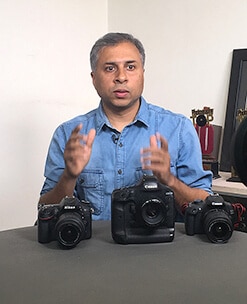
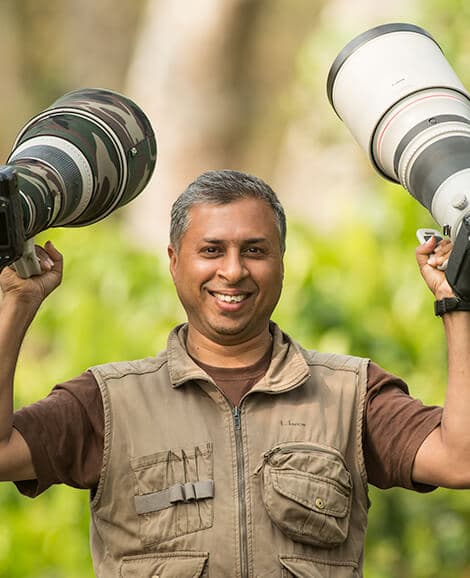
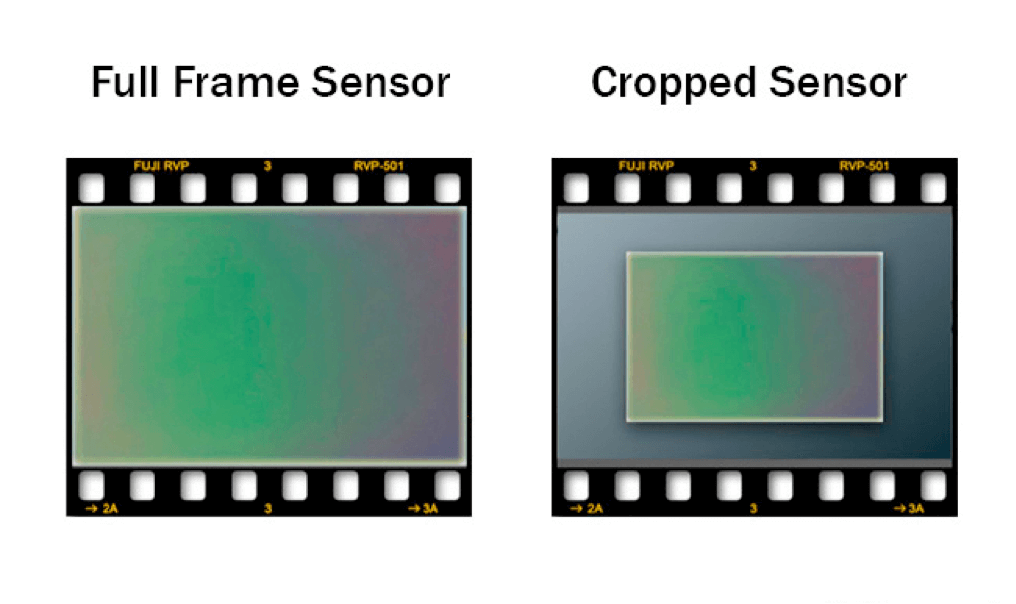
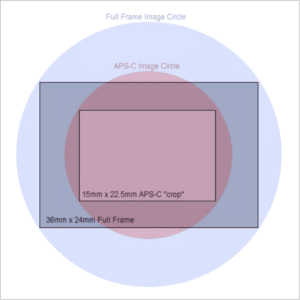





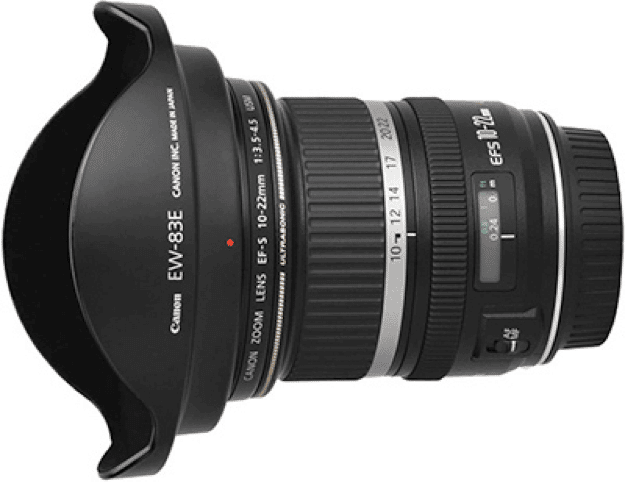
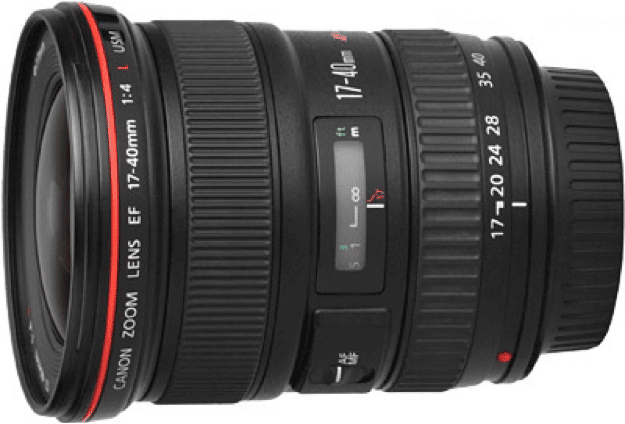
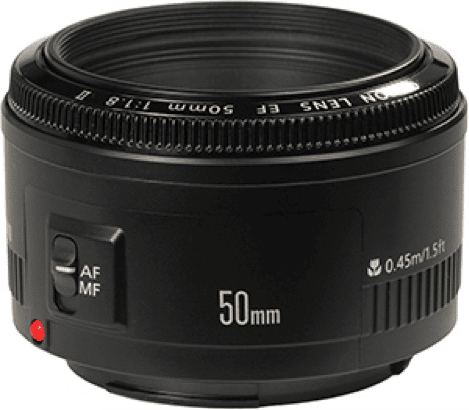
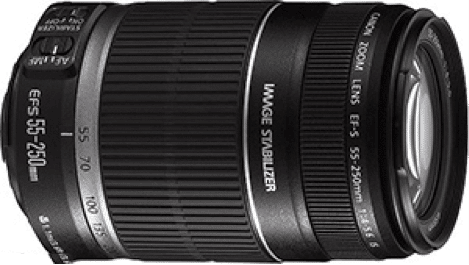
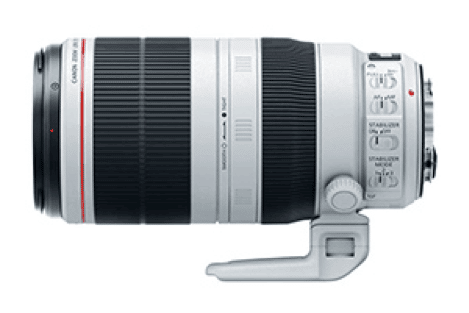
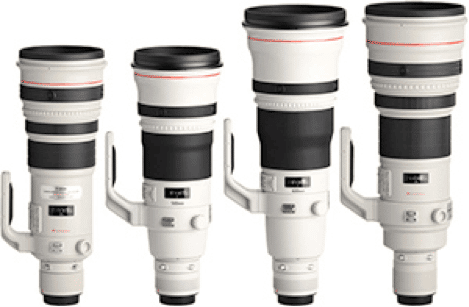

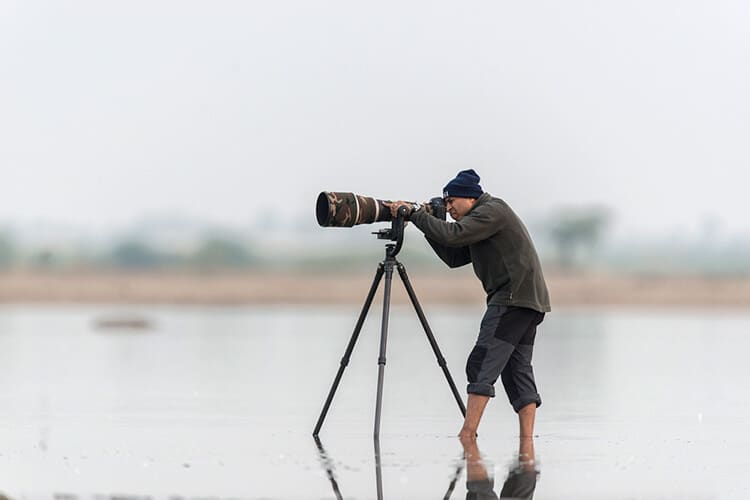
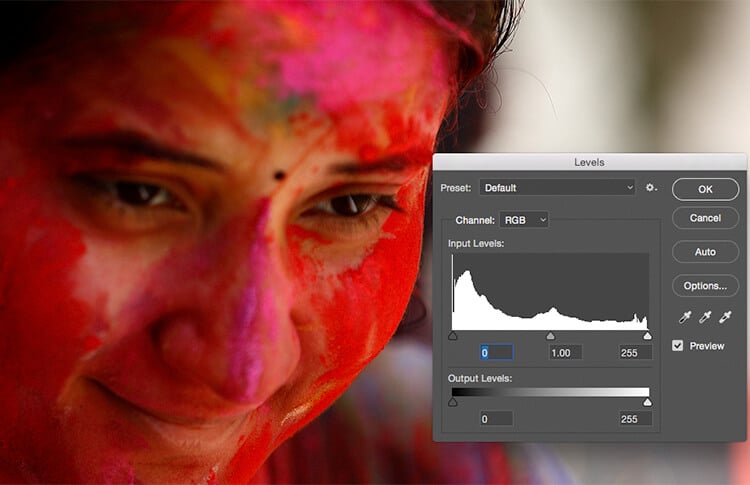
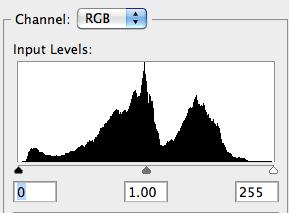
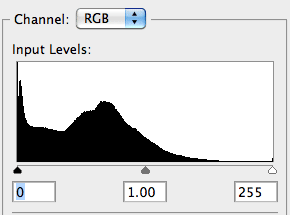
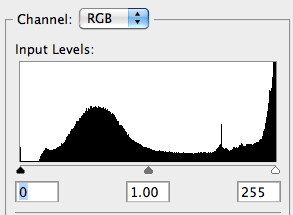
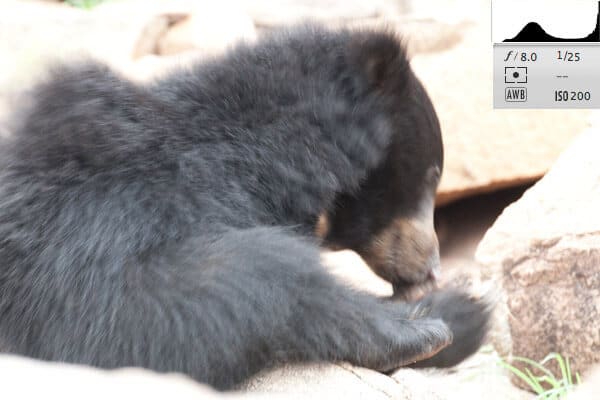 The camera exposes the subject as a medium toned subject and the shutter speed and exposure goes for a toss. Look at the histogram (shown in levels in photoshop) and the shutter speed on the top right of the image.This has resulted in over exposed image and a very slow shutter speed, in turn causing image blur.
The camera exposes the subject as a medium toned subject and the shutter speed and exposure goes for a toss. Look at the histogram (shown in levels in photoshop) and the shutter speed on the top right of the image.This has resulted in over exposed image and a very slow shutter speed, in turn causing image blur.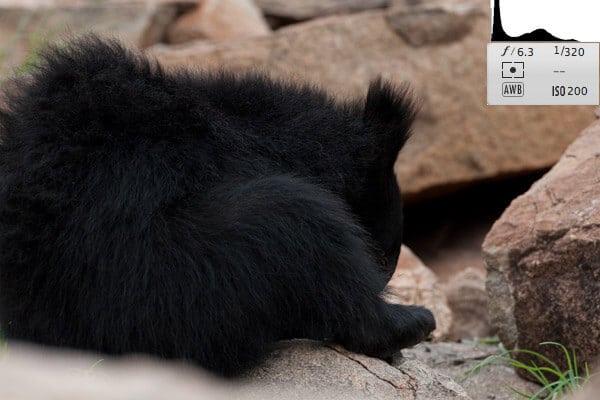 Note: If your monitor is not properly calibrated, you will see everything dark and no details in black.But check the histogram, the graph ends well with in the left side vertical line, which means we have good exposure where we can see details in the black area. Also check the shutter speed. Because of correct exposure you have got a higher shutter speed in turn getting a sharp image
Note: If your monitor is not properly calibrated, you will see everything dark and no details in black.But check the histogram, the graph ends well with in the left side vertical line, which means we have good exposure where we can see details in the black area. Also check the shutter speed. Because of correct exposure you have got a higher shutter speed in turn getting a sharp image
